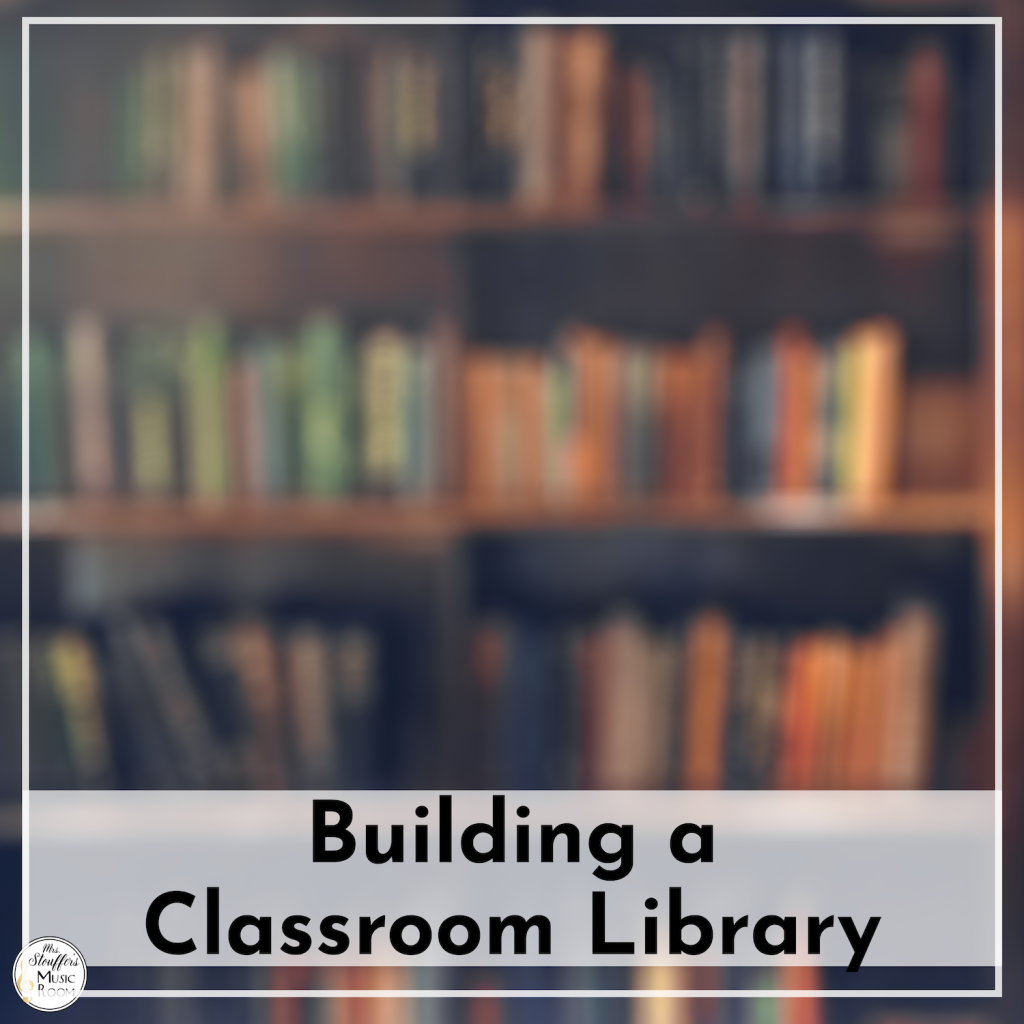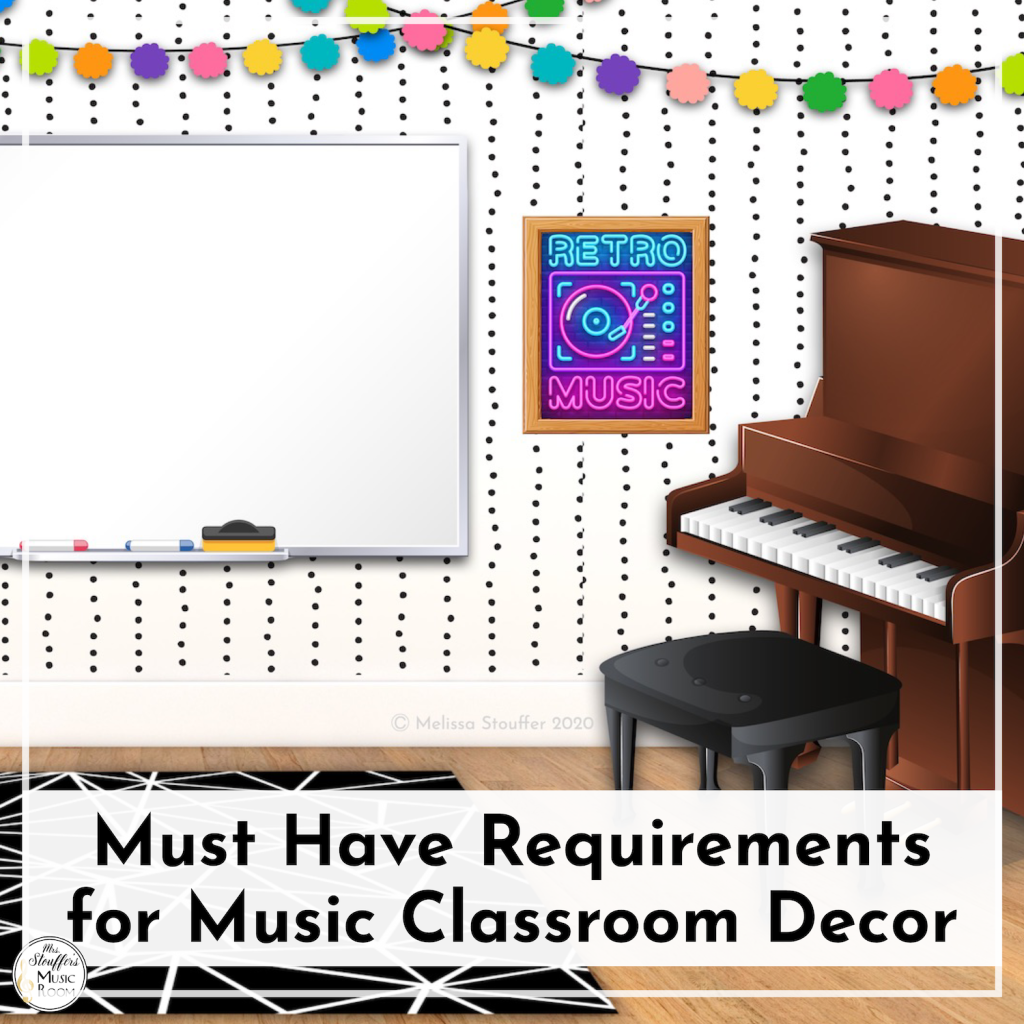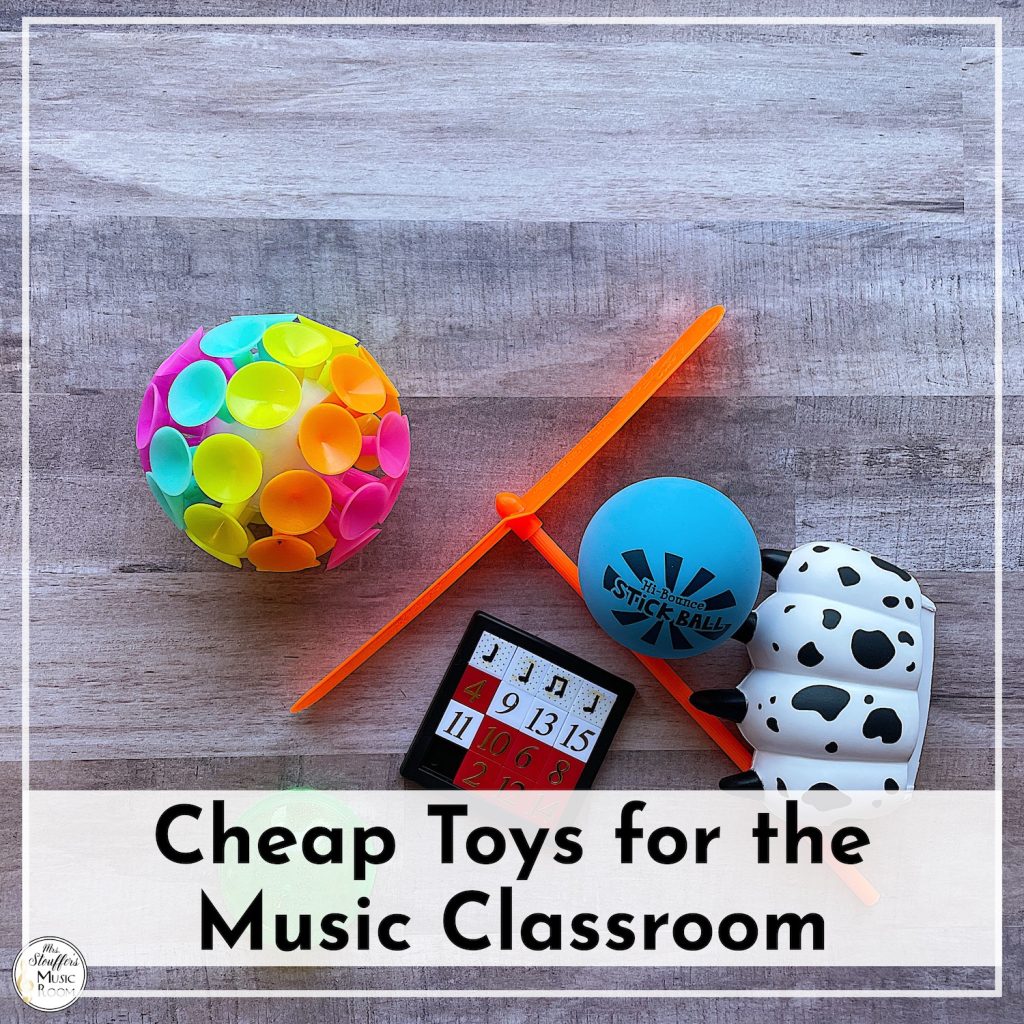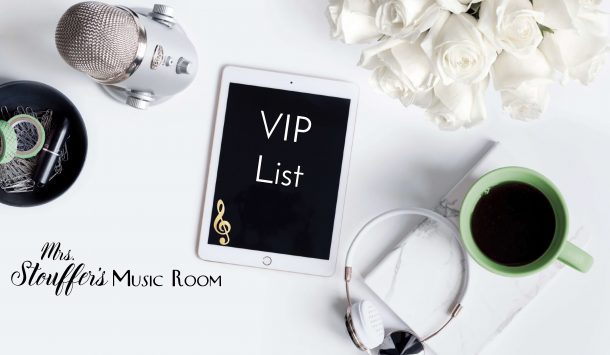In any classroom, relationships are key. In the music classroom, having a sense of community is essential to creative endeavors, trust, and performance. Students need to know they have a voice, feel supported, and don’t fear being made fun of for creative work. The beginning of the year is the perfect time to start building community in the music classroom. Approaching this right away is an important way to help make sure that a class doesn’t feel the negative effects of an unestablished community. (Full disclosure: Some affiliate links. I get a small kickback and it won’t change your price. No pressure!)
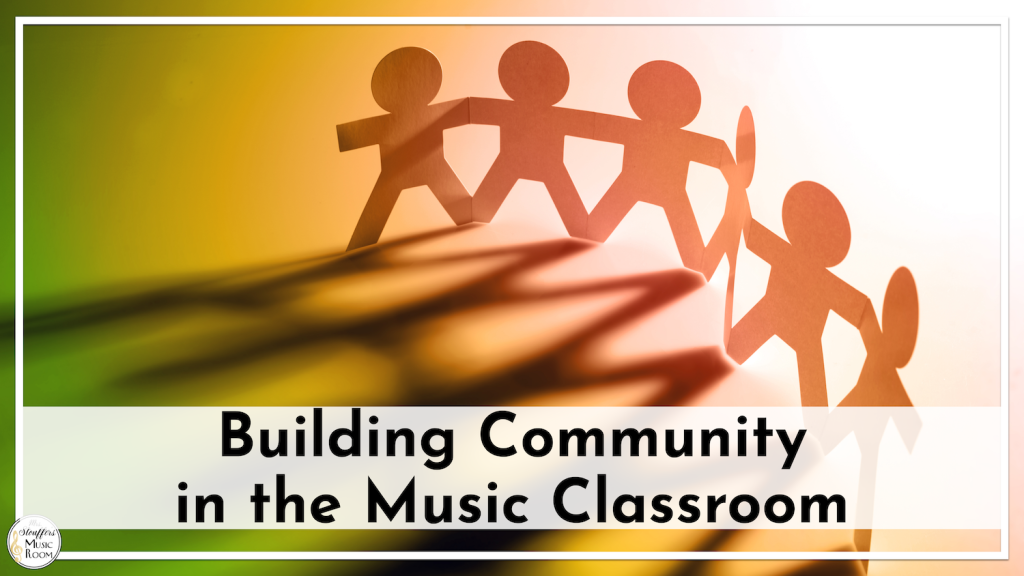
Be Kind
Be Kind is one of my non-negotiable rules. This is the real meat behind creating a “safe space”. Safe space in the classroom doesn’t just appear by saying it’s safe. It means that not only do students feel represented (culturally, racially), but also, that kindness is the classroom culture. Shut down negative language.
- “I can’t”
- “I don’t like your stuff/that’s bad”
- ” Shut up”
These are phrases that can have a real effect on your students and how they work together. If they don’t learn to give constructive criticism on creative work, students won’t grow. But simply saying they don’t like something without a real reason doesn’t belong in the music room as feedback. If they are critiquing other’s work, they need to learn to sandwich feedback. Give a positive comment, feedback of something that may need work, and another positive comment. “I loved the text. I thought you could have used a different rhythm instead of the same one four times but I liked the different dynamics.” “Good job reading the music. You missed the rest in measure 2, but you did a great job on the rest of the rhythms.” Simple, helpful, and no one walks away feeling defeated.
This is also the rule I use to make sure that students speak to each other “professionally”. I don’t allow phrases like “shut up” in my classroom. “I think that’s rude. How would you feel if I said that to your class when you were all talking?” Classmates aren’t siblings. I don’t allow them to have little nitpicky type fights in my classroom. It helps them learn to negotiate working with other people without that being their gut reaction when they disagree. Plus, it IS rude.
Encourage Collaboration
Offer students lots of chances to work together. Even for short bursts of “turn to your neighbor” and tell them the answer. Assign partners and change them often. I like using silicone wrist bands for partners. They aren’t cumbersome to hold on to, pass out, or keep track of. They are also easy to switch out, wipe down nicely, and It helps encourage them to work together and work with new people. These ones are $12.99 for 48 multicolored wristbands. Passing these out when the students walk in the door are a great way for them to have a new partner when they have to find their partner with the matching color. With this many color options, you won’t have many students who have the same color.

Some things to keep in mind about partners:
- You know which kids can’t work together. Don’t force them. It’s not worth the arguments, the drama, etc.
- Talk to the classroom teacher periodically and be aware of bullying issues, students having trouble with others, and other things that may put a damper on partner work.
- Of course, watch for the kids that can’t work together because they’ll be on a movie-worthy side adventure of their own.
- Try to change it up and keep track of who works with who. Have one of each pair sign a sheet with their partner’s name so you can see if the same people keep ending up together.
- Don’t allow trades on wristbands.
- Don’t allow whining or complaining when they see who their partner is. Set that expectation the first time you see them and remind until it becomes the norm.
Kids Get a Say
Let them know you are interested in them. Ask who they listen to at home. Find out things they are interested in and see if you can incorporate it in some way. This doesn’t have to take over your lessons, be a free for all or be something that changes how you teach, but showing your students that you care about their interests is an amazing way to get them invested in your class.
Let Down the Wall
There’s some old adages about not smiling until Christmas or never telling anything personal about yourselves, but here’s the truth: that’s not how you build relationships. Not only that, but when you teach the same kids for 6 years in a row (if you are K-5), that’s not going to have the same impact if you are super tough until snow flies and then suddenly become a new person and repeat the pattern every year. It’s ok if the students know you like the Lions, have a dog, or like Glenn Miller. Letting them know a little bit about you helps make a connection. We connect with information, with conversation, and shared interests. Let them build that relationship.

I hope this helps!

